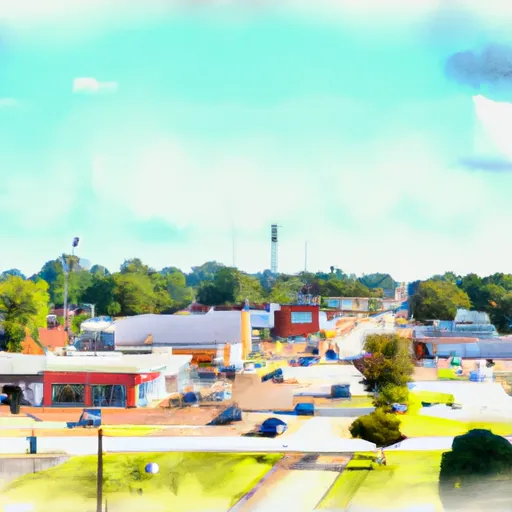°F
°F
mph
Windspeed
%
Humidity











Mize, Mississippi is a small town located in Smith County, in the southern part of the state. The climate in Mize is considered humid subtropical, characterized by hot and humid summers, mild winters, and ample rainfall throughout the year. The average high temperature in summer reaches around 90°F (32°C), while winter temperatures typically range from the mid-40s°F (7°C) to the mid-60s°F (18°C).
Hydrologically, Mize is situated in the Pearl River Basin, which encompasses the eastern part of Mississippi. The region is known for its abundant water resources, including rivers, streams, and wetlands, which contribute to a diverse ecosystem.
Outdoor recreation opportunities in Mize and its surrounding areas are plentiful. The region is home to several lakes and reservoirs, such as Lake Bill Waller, which provide opportunities for boating, fishing, and swimming. Additionally, the neighboring Bienville National Forest offers hiking, camping, and nature observation. The forest is known for its picturesque trails, diverse wildlife, and scenic water features.
Overall, Mize, Mississippi offers a pleasant climate, abundant water resources, and a variety of outdoor activities, making it an attractive destination for nature enthusiasts and outdoor adventurers.
Weather Forecast
Mize receives approximately 1479mm of rain per year, with humidity levels near 90% and air temperatures averaging around 18°C. Mize has a plant hardyness factor of 8, meaning plants and agriculture in this region tend to thrive here all year round.
Regional Streamflow Levels
70
Cubic Feet Per Second
1,470
Cubic Feet Per Second
674
Cubic Feet Per Second
164
Cubic Feet Per Second
Nearby Camping
| Camping Area | Reservations | Toilets | Showers |
|---|---|---|---|
| Lake Mike Conner | |||
| Roosevelt State Park | |||
| Buccaneer State Park | |||
| McLeod Water Park | |||
| Dry Creek Water Park | |||
| Lake Ross Barnett |



